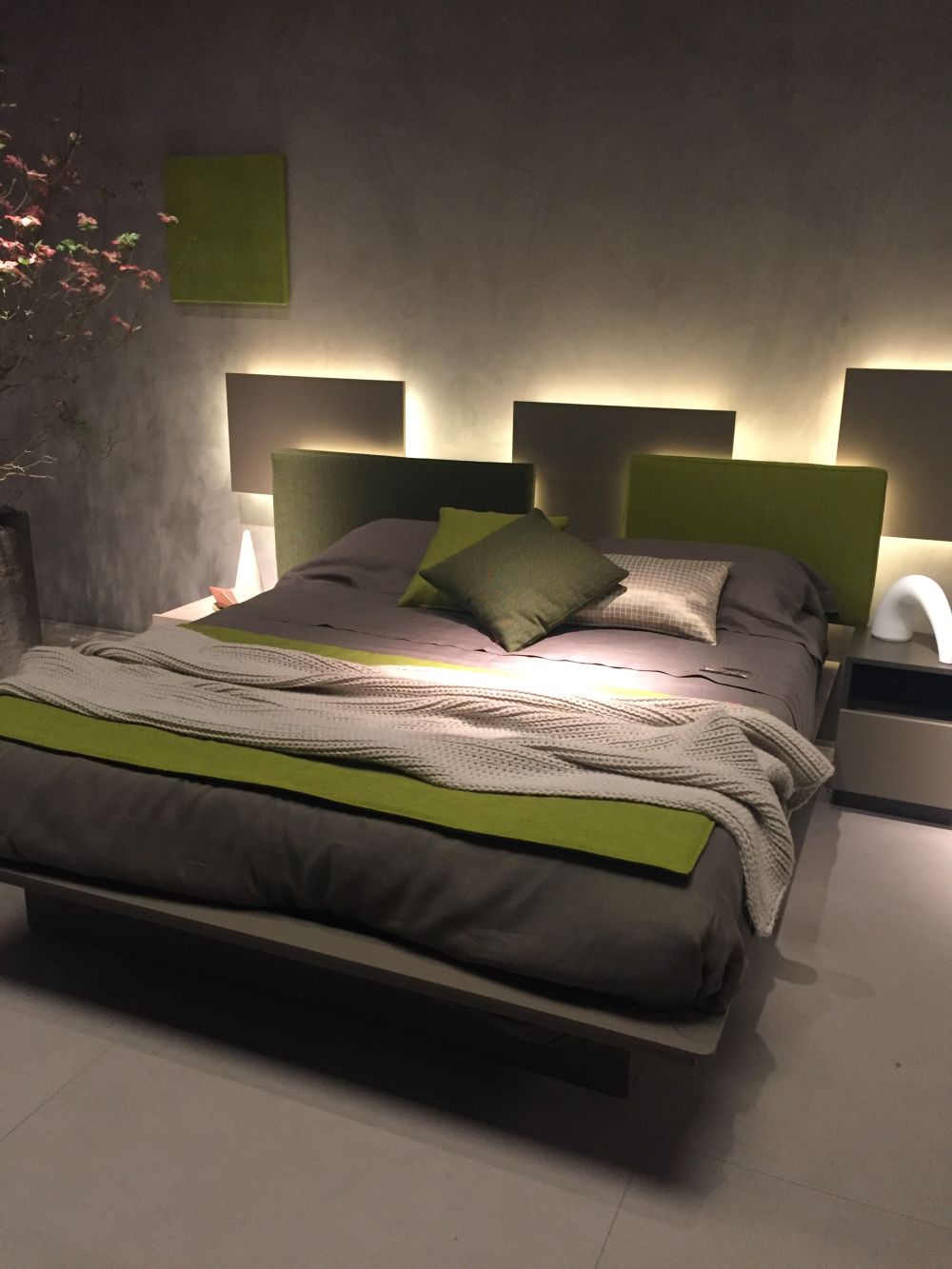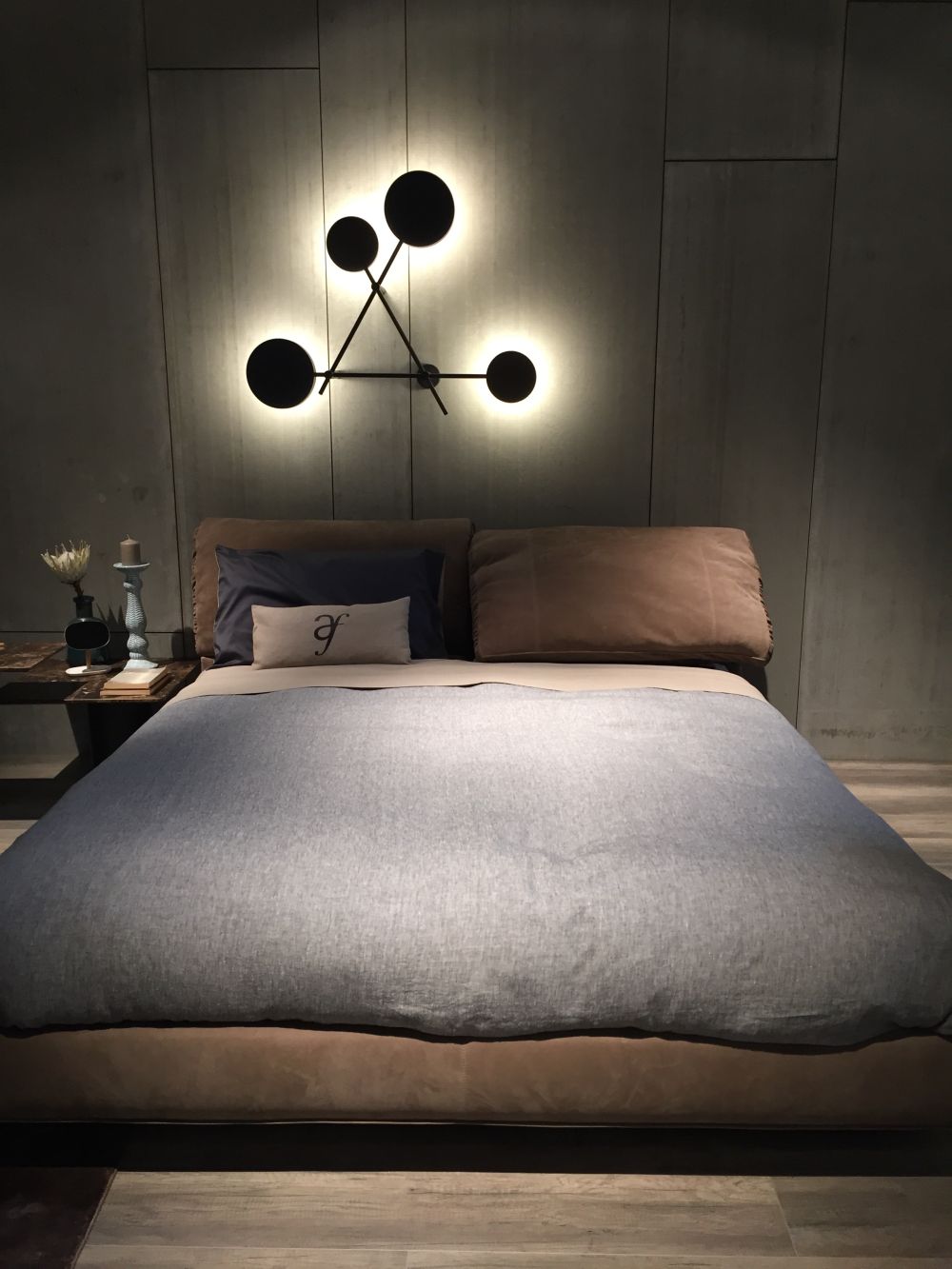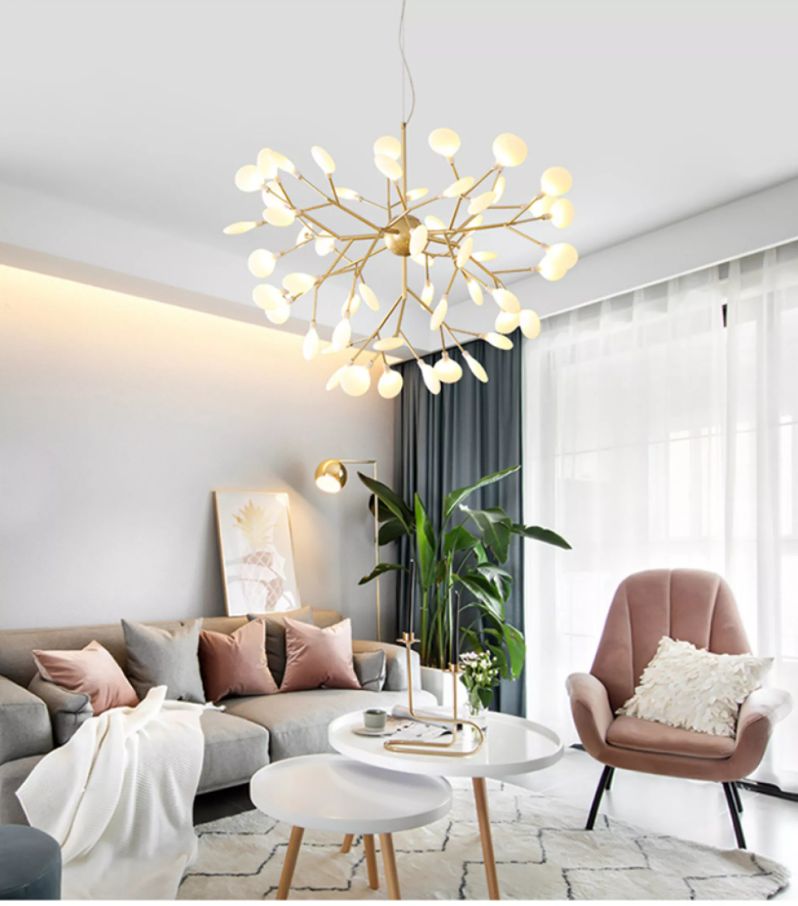Ambient light is a term used to refer to the general light in a given area. Ambient light is typically indirect and diffused, as opposed to more direct light sources such as task lighting. Ambient light includes many light sources that all contribute to the complex layer of light in our homes and the surrounding world and is one of the main ingredients in successful interior light design. We are going to illuminate the ways to effectively use ambient light and layer your interior lighting like a pro.

What is Ambient Light?
Ambient light is known as general lighting because it is all the general and indirect light that covers the entire room. Ambient light is distinct from focused, task, or accent lighting, which targets a specific area and has a distinct purpose. A light source can have a dual purpose, depending on its design and placement. For example, a table lamp can provide general light for the room but also light for reading or needlework.
Ambient light has many sources, depending on the area. These can include the sun, moon, and sky in outdoor settings and overhead, lamps, or wall lighting in interior spaces.
Sources of Ambient Light
There are many sources of ambient lighting that are useful in interior design. Utilize different sources to achieve the right lighting level for different times of day.
- Natural sunlight – Natural sunlight is one of the most important ambient light sources for interior spaces. Natural light will vary depending on factors such as the season, time of day, and geographic location. You can maximize ambient natural light with the strategic placement and size of windows.
- Moonlight – Moonlight provides a softer and more subtle ambient light inside. It can create a calming and peaceful interior atmosphere.
- Skylight – The illumination of the sky produces an abundance of ambient light. Skylight is more diffused and gentle than the ambient light produced by the sun.
- Reflections – The light that bounces off surfaces such as walls, ceilings, and floors is an important source of ambient light. Light colored surfaces with a higher Light Reflectance Value (LRV) will reflect more ambient light around the room.
- Ceiling lights – Light on or in the ceiling, such as chandeliers, pendant lights, flush-mounted fixtures, and recessed lighting, are all types of ceiling lights. Many of these lights are decorative. This type of light will not cover the room evenly, so you need other light sources to light up all the dark corners.
- Wall sconces – Wall sconces are fixtures attached to a wall that provide localized ambient light to illuminate certain areas.
- Floor lamps – Floor lamps are an important source of ambient light that can also be considered task light. People also use floor lamps to add a decorative element to the room. Clear or cloth shades provide more ambient light than solid shades, which focus the light in a specific direction.
- Table lamps – Lamps placed on desks, side tables, and counters are a vital contributor to the ambient light in a room. Depending on the design of the table lamp, it can provide both localized and general light. Lamps with solid shades and direct light are best used as task lighting, while lamps with clear or cloth shades can be used for general lighting in specific areas.
- Cove lighting – Lighting installed in ledges, recesses, or other architectural features, such as coves, can create soft and indirect ambient light in a room.
- LED strips – These are flexible light strips that you can install along surfaces and recessed areas to provide ambient illumination and highlight particular room features. LED lights are valuable because you can change the color temperature according to the time of day, season, and desired ambience.

Getting The Right Balance of Ambient Light
Achieving an optimal balance of ambient light depends on a thoughtful consideration of various factors to create a comfortable and visually appealing atmosphere.
Understand the Room’s Size and Purpose
Assess the size and shape of the room before deciding on the ambient light sources in the room. Larger rooms and rooms with awkward or hidden areas will require more ambient light sources to achieve even general lighting throughout the space. A square or rectangular shaped room, for example, may only need one ceiling light with other supporting ambient lights, such as lamps, whereas a room with several irregular shaped zones may require ceiling lights in each area.
You should also consider the purpose of the room. Different tasks and functions will require different levels of lighting.
Consider the Room Colors and Surfaces
Light colored walls, floors, and ceilings will reflect more light than dark-colored surfaces or rooms with less natural light. This means that light rooms may need fewer artificial lighting sources than dark-colored rooms or rooms with fewer or smaller windows.
Employ a Layered Approach
You can layer multiple types of ambient light to balance the light in the room. This will also achieve a layered look that helps to give your room a custom and well-rounded look. Select different ambinet light types to provide depth in the room, such as ceiling lights, recessed lights, or lamps.
Distribute Light Evenly
Think about where you need an ambient light source to illuminate the room. You can’t eradicate every dark corner with ambient light, but you can consider where an overall light will have the most impact. Supplement with forms of moveable lights like lamps when you can’t use overhead lights.
Take Advantage of Natural Light
Natural light can be one of the most important sources of ambient light. However, natural light is heavily dependent on the season, time of day, location, and window size and location. To be less dependent on artificial ambient light throughout the day, maximize the natural light from the windows by using spare window coverings. Sheer curtains are optimal for this because they allow ample light while still preserving privacy.
Consider Dimmers
Your ambient lighting needs will vary throughout the day. Therefore, it is vital to have a way to control the amount of ambient light in a particular space. Dimmers on ambinent lights, especially overhead lights, are helpful for this, as are multiple light sources like lamps that can be turned on and off as needed.
Creating a Focal Point
Use one ambient light source to create a focal point in the room. Optimal light focal points include a chandelier or a pendant light fixture. It is best to center this focal point over a seating or dining area or in the center of a foyer.
Light Color
The color of light, both warm and cool, has a noticeable impact on mood and the feeling you get in a particular room. Most of the time, cool light with blue undertones looks too harsh for overall interior lighting. Warm lighting, or light with yellow undertones, creates a cozy atmosphere. Most experts recommend ambient lights that range from 2000K, a bright white, to 3000K, a warm white.
Experiment and Adjust
Create a lighting design for the room and assess how the lighting fits the purpose and size of the room. Do not hesitate to make adjustments to the lights if one area needs more or less light. Changes in furniture or the color of the room may also require changes in the lighting design.

Types of Light to Layer With Ambient Light
You can employ all sources of available light to help create a layered look in order to give your room depth and interest. Many of these light types have multiple purposes and function for a specific purpose, but they also provide some ambient light in the room.
- Task lighting – Task lighting illuminates an area where you perform specific actions, like a desk lamp for studying or under the cabinet lighting in a kitchen.
- Accent lighting – This lighting highlights certain areas to draw more attention to them. For instance, you could illuminate certain architectural features in your home or a piece of wall art.
- Decorative lighting – These types of lights provide an aesthetic and functional purpose. Chandeliers, ornamental pendants, and aesthetic floor lamps all attract the eye while providing ambient light.
- Under cabinet lighting – This lighting is installed under cabinets to provide illumination in kitchens or display cabinets.
- Specialty lighting – These include lighting for unique purposes, such as showcasing artwork.
Ambient Light Inspiration
Homeowners and interior designers use ambient light to create many different types of rooms with depth and functionality.
Ambient Lights for Living Room

Consider the light in this living room; it has four sources of ambient light that contribute to the overall balance in the room and provide different functions.
The gorgeous chandelier provides an impressive focal point in the room as well as soft light throughout the room. The large window brings the advantage of natural light. The lamp beside the sofa functions as both ambient and task lighting for reading or small detail work.
Ambient Dining Room Light

In a modern dining room like this one, too many extra lighting sources add visual clutter that detracts from the design. This dining room has a stunning chandelier to provide the majority of the ambient light in the room. However, the designer has also added inconspicuous recessed can lights to light up the dark corners as needed.
Bedroom Ambient Lighting

A combination of different kinds of light in the bedroom is essential for general tasks and bedtime preparation. The chandelier provides general light and a focal point. The bedside lamps have a cloth shade, so these give general light as well as task lighting for reading.
Ambient Lighting in Open Floor Plans

Open floor plans are popular in the current era. They provide flexibility in the way you use your space and have a light and airy style. However, the lighting sources must be adequate to keep the space illuminated.
This open room utilizes both track lighting and a pendant light. Also, the homeowners have made an effort to incorporate as much natural light as possible with large windows and skylights.
Ambient Wall Lighting

This dining room features an LED chandelier that provides light for the table but is not sufficient for the overall room. Wall lights are a soft form of ambient light that works to light up the areas that the chandelier does not reach. Wall light works well with contemporary and minimalist design styles.
The post What is Ambient Light? How to Achieve the Right Balance appeared first on Homedit.
0 Commentaires